 Ever since I can remember, squirrel hunting has been one of my favorite things to do in the outdoors. I remember killing my first squirrel when I was 5 years old with my dad. Dad had a single shot 4/10 shotgun from when he was young and it was the only gun small enough for me to shoot. Still then, my arms were actually too short to put the stock up against my shoulder and reach the trigger, so I'd put the stock under my armpit and dad would stand behind me to brace the kick. So as long as I would aim a couple feet low, I could shoot just straight enough to hunt with dad, that was good enough for me. After that first successful hunt behind the house where I grew up, I couldn’t get enough.
Ever since I can remember, squirrel hunting has been one of my favorite things to do in the outdoors. I remember killing my first squirrel when I was 5 years old with my dad. Dad had a single shot 4/10 shotgun from when he was young and it was the only gun small enough for me to shoot. Still then, my arms were actually too short to put the stock up against my shoulder and reach the trigger, so I'd put the stock under my armpit and dad would stand behind me to brace the kick. So as long as I would aim a couple feet low, I could shoot just straight enough to hunt with dad, that was good enough for me. After that first successful hunt behind the house where I grew up, I couldn’t get enough. I didn’t start deer hunting until I was around 8 or 9 years old, so all of my first memories in the woods and learning how to hunt came from hunting squirrels and rabbits with my dad, papaw, my uncle, and my cousins. I loved every time we would all load up in dad’s 1993 single cab Chevy that we called “Ol Blue” (the truck that I still drive) and head out to the woods. When you’re a young kid it’s more about the time spent and the stories that are told than what you're actually hunting that day. We’d sit around and listen to papaw, dad, and my uncle tell hunting stories from their younger hunting days or catch grief from papaw because he’d say he “skunked us” when he’d kill more than us that day. I can still hear him laughing as he pulled squirrel after squirrel out of his vest. Safe to say, the time spent with my dad and the rest of my family in the woods at a young age molded me into the outdoorsman I am today.
 In this article, I will share with you some of the things I learned as a young hunter on the many hunting trips like the ones I just described. I’m hoping that sharing my experience of chasing squirrels through the woods of Kentucky can help you on your next hunt or give you the motivation to try something new!
In this article, I will share with you some of the things I learned as a young hunter on the many hunting trips like the ones I just described. I’m hoping that sharing my experience of chasing squirrels through the woods of Kentucky can help you on your next hunt or give you the motivation to try something new! How should your squirrel hunting tactics change based on the time of year you’re hunting?
In Kentucky, were one of the lucky 9 states that have an additional Spring season to go along with the normal Late-Summer to Winter Season that most states offer. So how should your approach change as the time of year differs? To start off, think about how different the woods look in May and September in comparison to December or January. In the Spring, Summer, and Fall months you have a full amount of leaves and green forage that are on the trees.
Hunting during these months requires a lot of patience, keen eye sight, and listening. During this time of year I spend more time walking slowly and stopping every 10-20 yards to listen and look (a squirrel spot and stalk tactic). For example, squirrels are typically cutting on nuts so you can hear a grinding noise in the woods that will lead you to a hungry squirrel. Also, you will be able to spot shaking branches and hear the branches and leaves shaking normally way before you actually spot the squirrel. While the leaves make it hard for you to spot the squirrels, you can definitely use the woods being full of forage to your advantage. Good camouflage and a stealthy approach will allow you to close the distance on a squirrel until you are within range to spot one and make an ethical shot. If you choose to hunt with a small caliber rifle like a .22, now's the time to do it because your odds of seeing/hearing a squirrel before it detects a threat is much greater, which allows you to have time to make a good shot!
As you become familiar with your own hunting land or where ever you're hunting, try to take notice of what types of trees are in certain locations and where you are frequently seeing the most squirrels. Some of the nuts at the top of a squirrel's list are hickory nuts, walnuts, acorns, buckeyes, beechnuts, and more. I know that on our family hunting farm we have several large white oak flats on top of the ridge that are normally loaded with acorns. Also, there's a handful of hickory trees along a trail that are normally loaded with squirrels in the early season. Long story short, if you find the trees carrying the nuts, you'll find some bushy tails!
Sounds simple right? Well, what about the late season when the leaves are bare? That makes things a little more difficult. First off, in my experience, when you're hunting this time of year it's nearly impossible to be quiet in the woods due to the loose and dead leaves lying on the forest floor. I find it that your best approach this time of year is to find an area where you've seen plenty of squirrels and just have a seat and wait. Do you remember when you were deer hunting late in the year and all 10-20 squirrels you saw that day sounded like a mature buck walking through the woods? Yep, go back to that spot and sit down.
 Keep in mind that not only have all the leaves fallen off the tress, but so have the nuts that the squirrels feed on. This means that most of the squirrels you will encounter may be on the ground looking for food rather than in a tree. You'll learn quickly that when squirrels are on the ground, normally by the time you see them they will be already be high telling it out of dodge. Have your gun ready to roll at all times because one may pop up at any time. This time of year becomes a lot less difficult when you have a good squirrel dog who can lead the way for you! When the trees are bare, I like to use a shotgun to help my advantage. Plus, it's really excited to shoot one on the run!
Keep in mind that not only have all the leaves fallen off the tress, but so have the nuts that the squirrels feed on. This means that most of the squirrels you will encounter may be on the ground looking for food rather than in a tree. You'll learn quickly that when squirrels are on the ground, normally by the time you see them they will be already be high telling it out of dodge. Have your gun ready to roll at all times because one may pop up at any time. This time of year becomes a lot less difficult when you have a good squirrel dog who can lead the way for you! When the trees are bare, I like to use a shotgun to help my advantage. Plus, it's really excited to shoot one on the run!Also, what are some things you can do after the hunt so that you can get the job done in the kitchen as well?
There are many different recipes and ways that you can eat squirrel meat and it is a very lean and healthy source of protein! My favorite way to cook up squirrel is to have a good ol' fashioned squirrel fry. Here are the steps of the process that will leave you with crispy fried squirrel just hours after pulling the trigger!
1. Once you've skinned your squirrels, it's best to soak them in a water and salt based brine for a couple hours to take the gaminess out of the meat (I prefer the gamey taste but some do not) and this will actually make the meat more tender. For your water to salt ratio, I do room temperature water in a large bowl with a teaspoon of salt per squirrel.
2. Rinse the squirrel meat from the brine and double check the meat for small hairs that are stubborn and don't want to come clean! Another great trick to keep from covering your meat with hair is to submerge the squirrel in water before skinning. This causes the hair to mat and cuts down on loose hairs.
3. We have to make the squirrel tender before frying, so I normally either boil or pressurize the pieces of meat first. For boiling, bring the water to a boil and let the pieces simmer while covered for about an hour and a half. I'd check the meat every 30 minutes. For pressurizing, if you have a pressure cooker you will need to do 25-35 minutes on high pressure. I normally check the meat every 5 minutes after the 20 minute mark.
4. Once the meat is good and tender, now it's time for the frying. Personally, I like Kentucky Kernel Batter, but feel free to try and handful of batters until you find the one you like the best. I use this one for squirrel and frog legs and it never disappoints! First, you will want to mix a couple eggs, 6 ounces of buttermilk, and you're favorite seasoning salt (I use Country Bob's Seasoning or and Creole Seasoning) in a mixing bowl. You'll want to dip the pieces of meat in this mixture before rolling the meat in batter so that the batter sticks better! Once you've dipped the meat in the mixture and rolled them in the batter, you're ready to for some frying!
5. If using a skillet and vegetable oil, you'll want to make sure the pieces are in the fried equally on each side until they have reached you're desired amount of brown and crispy! Typically, this will take about 2 and a half to 3 minutes on each side! If you're doing your cooking in a deep fryer you will want to submerge the pieces in the hot oil for about 6 minutes or (once again) until they've reached your desired amount of crispy!
Here you will find a picture sequence from pulling the trigger to filling up your plate!






 Thanks for reading!
Thanks for reading!By: Josh Reed
IG: @josh3reed


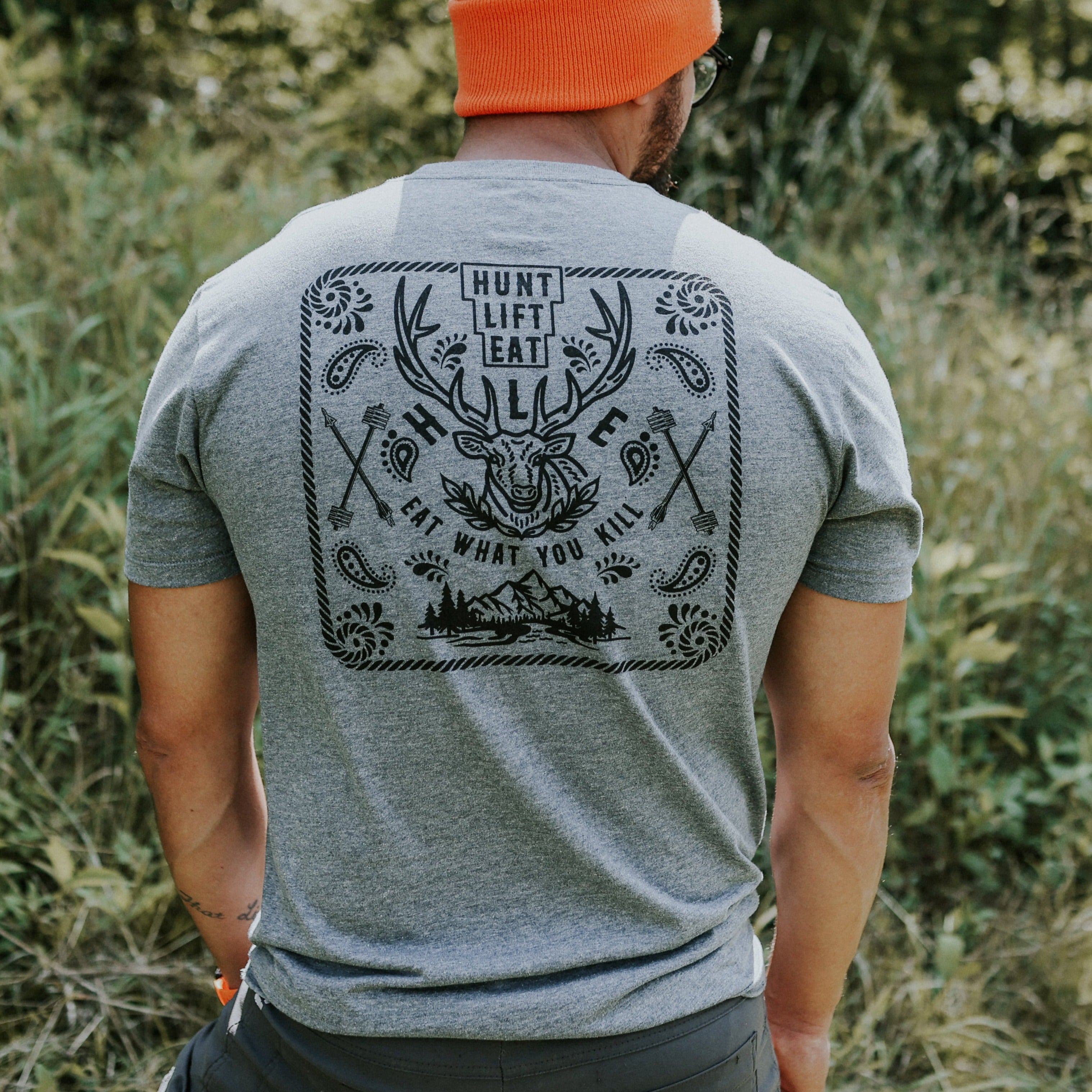
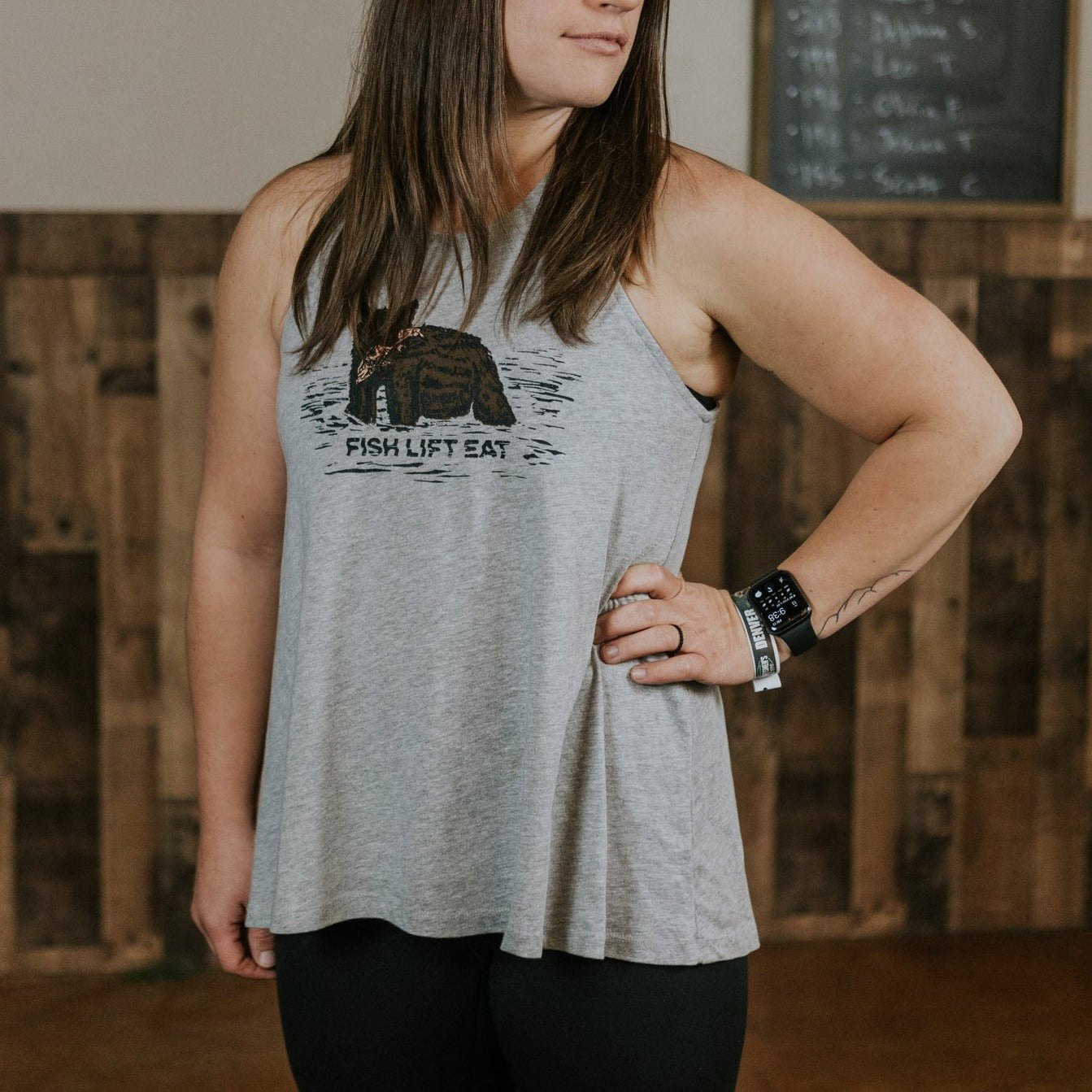
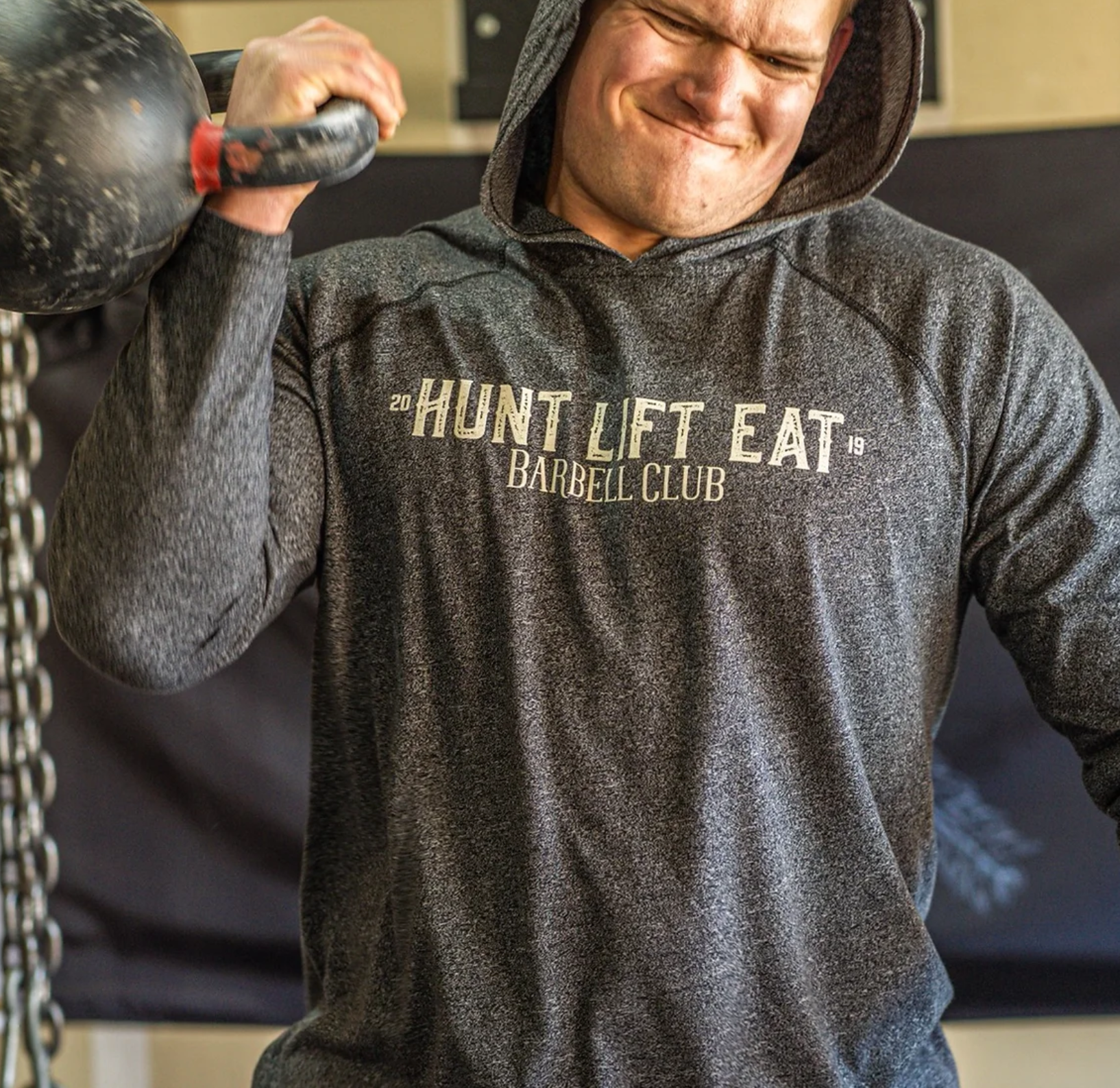
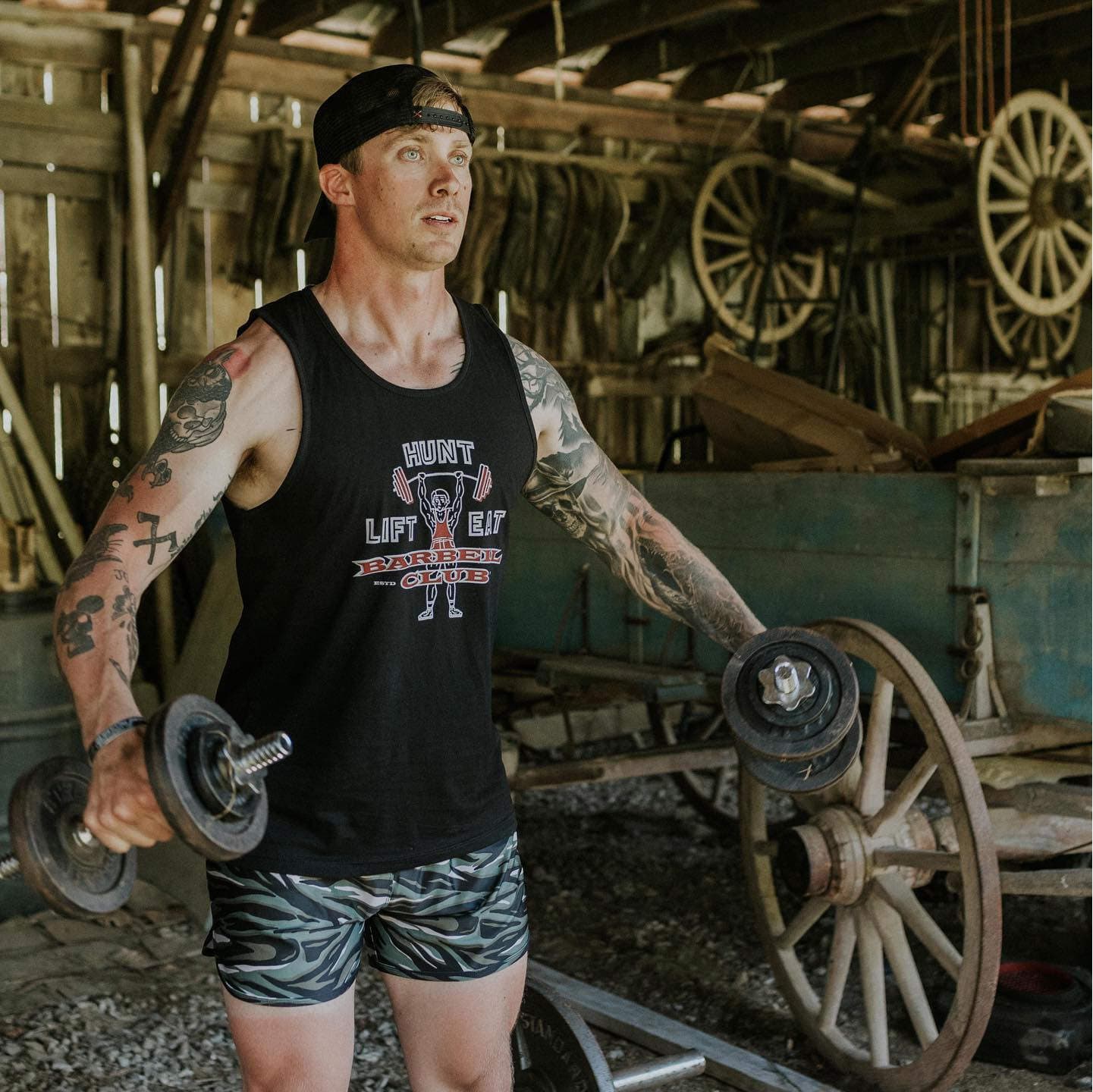
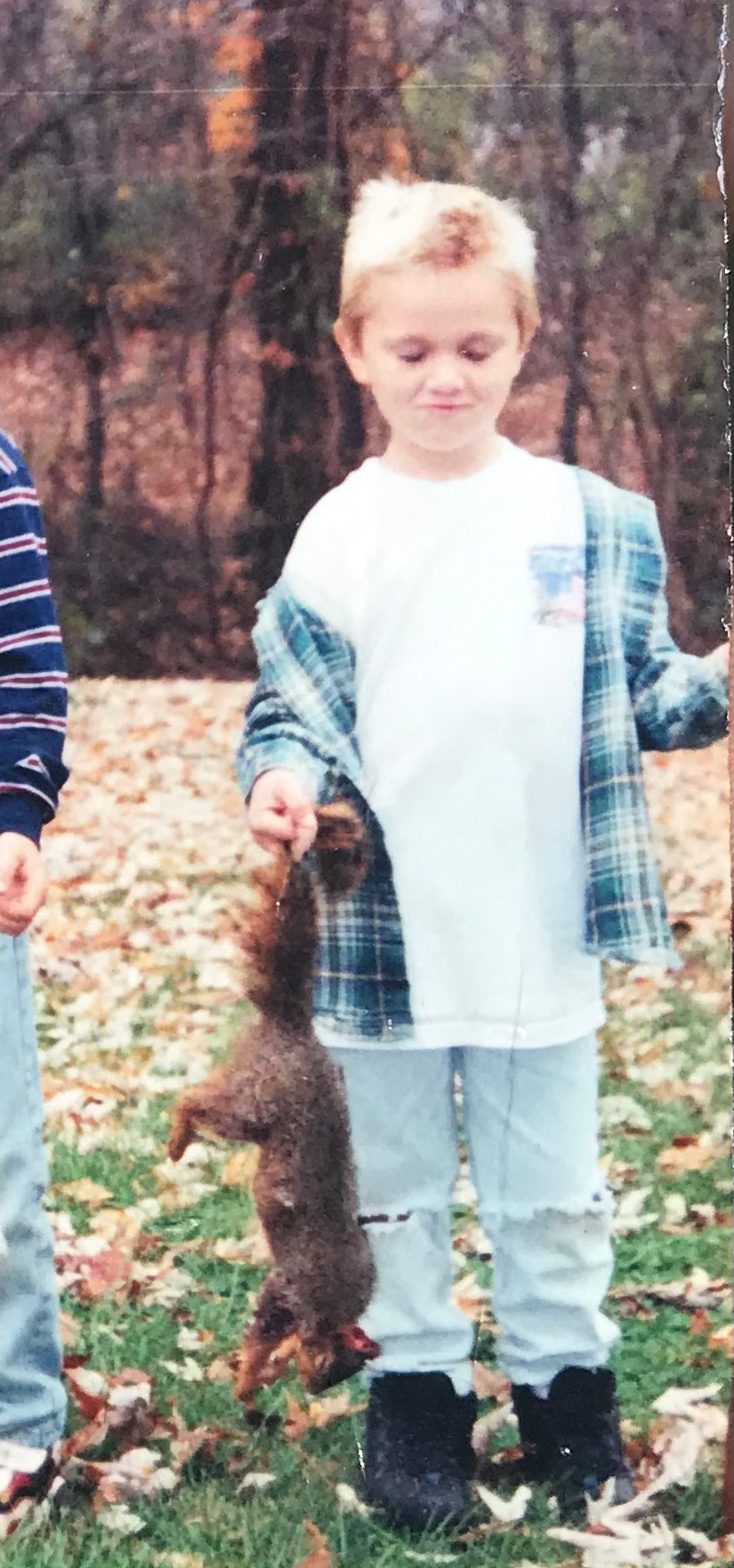


Leave a comment
This site is protected by reCAPTCHA and the Google Privacy Policy and Terms of Service apply.